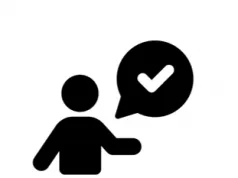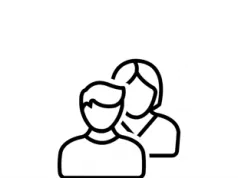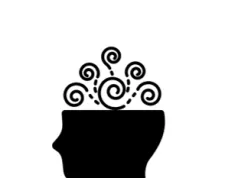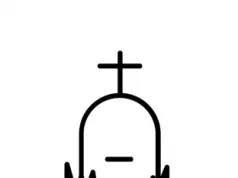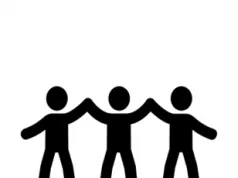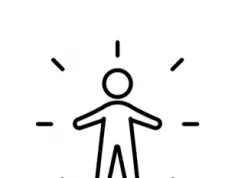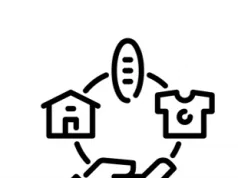Jeffrey Young pioneered Schema Therapy – a form of talking therapy that has enjoyed a huge rise in popularity in recent years [1]. We recommend taking a look at his range of publications on Amazon – click this link to see his great work.
The key element of Schema therapy is a presumption that when our basic childhood needs (e.g. safety, love and acceptance) are not met, it results in the development of unhealthy ways of interpreting and interacting with the world. This is something called maladaptive early schemas [1].
Schemas are deeply-held patterns of thinking and behaviour. They impact the way we live our lives in a profound way. The theory is that they are closely linked to mental health conditions.
Schema therapy suggests that these schemas can be triggered in adulthood. They could be triggered when events happen in adulthood that relate to the schema [1]. It is easy for a person to resort to unhealthy thinking when faced with certain circumstances.
Jeffrey Young came up with 18 schemas, which can be divided into five main areas. Some people will have multiple schemas, others just one, and most will have a mixture.
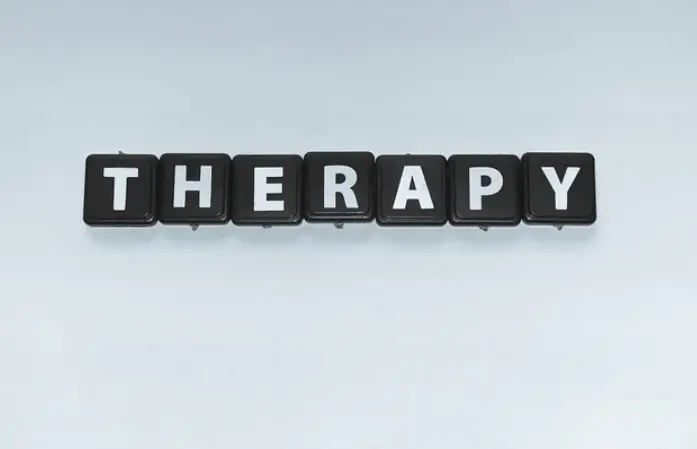
Disconnection and Rejection
These schemas are based around issues that make it difficult for a person to develop healthy and positive relationships [1].
- Abandonment: This is a belief that those close to the person, whether this be friends or family, will be unable to provide consistent support or provide protection to them, as they are supposedly likely to meet someone “better” or because the person is unstable.
- Mistrust: This is the belief that others will intentionally hurt, abuse, lie, manipulate or neglect the person.
- Emotional deprivation: This is the belief that what the standard of emotional support that a person expects will not be met by others in their life.
- Shame: This is a range of beliefs relating to the idea that a person is bad, unwanted, unworthy or in some way, damaged or defective. These insecurities can lead to feelings of shame, being very sensitive to criticism, and blame.
- Social isolation: The belief that a person is in isolation from others. They may feel that they are not a part of any social groups or networks, and lack connections.
Impaired autonomy
These schemas can result in a person struggling to identify their own sense of self, resulting in them struggling to function as an adult [1].
- Dependence: This is the belief that a person needs help from others to complete basic tasks or responsibilities.
- Vulnerable to harm: This is the idea that a person thinks catastrophe is imminent, and could strike at any time. It is heavily linked with Anxiety disorders.
- Underdeveloped self: Also known as enmeshment, this is when a person believes they should please others in social settings to the extent that they harm their own social development. They will typically act as someone else, leading to feelings of emptiness.
- Failure: This is a sad belief that a person may have which revolves around the idea that they will fail in everything and anything they attempt in life.
Impaired limits
These schemas relate to how self-control, boundaries and setting limits are affected. This can cause multiple problems [1].
- Entitlement: This is a feeling or belief that a person is superior to others. They therefore have the harmful belief that they have special rights or should be treated differently to others.
- Poor self-control: This refers to a conflict between their goals in life and factors that pull them back. For example, they may seek comfort from others or procrastinate consistently, instead of performing their daily tasks and responsibilities.
Other-directedness
These schemas revolve around the idea that a person must prioritise the needs of others above their own. They may do this to the extent where they put others’ needs above their own [1].
- Subjugation: This is the belief that a person should give control of events, tasks and general responsibilities to others. A person may do this because they believe their feelings are not valid. This normally results in a build-up of anger, which can manifest in ways like poor behaviour and substance abuse.
- Self-sacrifice: This is the belief where a person feels they should act in an extremely-selfless manner. They believe they should put others’ needs first. This will often be done to the harm of their own wellbeing and needs.
- Seeking approval: This refers to an overwhelming desire for a person to gain approval or recognition from others. This may include acting in a specific way to “fit in” with peers, or through monetary status, appearance or an achievement. The person’s self-esteem becomes dependent on others and their recognition..
Hypervigiliance
These schemas are related to how a person may have a powerful need to avoid mistakes or what they perceive to be a failure of any kind. They will follow clear rules and beliefs, and neglect personal emotions [1].
- Negativity: This is where a person will put particular emphasis on the negative elements of life, such as pain, disappointment, bad memories, death, guilt, past struggles or unresolved issues. They will usually neglect the positives. They typically feel pessimistic towards the future. They often worry uncontrollably.
- Emotional inhibition: This is where a person believes that they should avoid any spontaneous actions or feelings, as this may result in negative consequences. This can result in a build-up of anger and poor communication skills.
- Self-criticism: This is when a person sets themselves very high personal standards, which sometimes cannot feasibly be met. They believe they need to strive hard to reach these standards. When these standards are not met, the person will usually criticise themselves harshly. This can result in a person feeling pressurised and poor self-esteem.
- Punitiveness: This is the belief that people should be punished and face consequences when they make mistakes. The person will normally find it difficult to forgive others, often due to a lack of empathy. They may feel this way towards themselves too.
Summary
It is likely that some people will relate to many of the above schemas. Whether or not a person agrees with the rational behind schemas, there is no doubting the research that was put into these schemas.
Overcoming these schemas can be a difficult process. But over time, it is possible to process events in a healthier way. By challenging these harmful beliefs, a stronger overall wellbeing can be achieved.
See Also
- Therapy Home
- Everything You Need To Know About Talking Therapy
- FAQ’s About Talking Therapy
- Schema Therapy: Everything You Need to Know
- The Advantages and Disadvantages of Schema Therapy
- 8 Things You Should Know About Schema Therapy
- What are the 18 Early Maladaptive Schemas?
Disclaimer
This website should be used purely for informational purposes, and does not intend to, nor should it ever, be used as a replacement for professional medical advice.
We strive to keep all of our pages updated, and ensure that our website is full of factual and in-depth information. However, we encourage you to browse this website with care.
As a reminder, this website and all content within it cannot and should not replace the advice of a trained medical professional. You can read our full disclaimer at this link.
Helplines
If you are struggling with your mental health, help is available. With the right support and treatment, you can make a recovery. For information on helplines, or if you are in a state of crisis, please visit our crisis page by clicking on the relevant link for your geographical location (United Kingdom), (United States), (International). You can also see how to get mental health treatment and the process involved by clicking this link.
References
[1] Young, J., Klosko, J. & Weishaar, M. (2003). Schema therapy: a practitioner’s guide. New York: Guildford Press.


